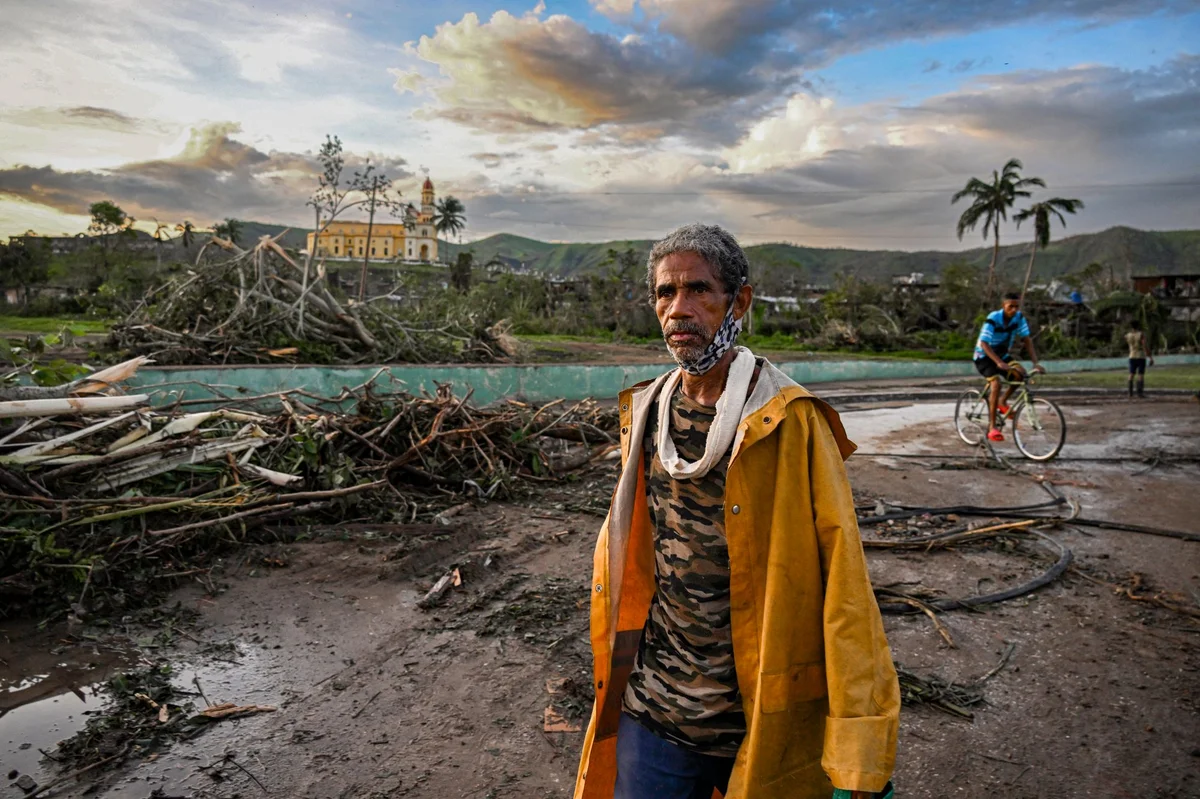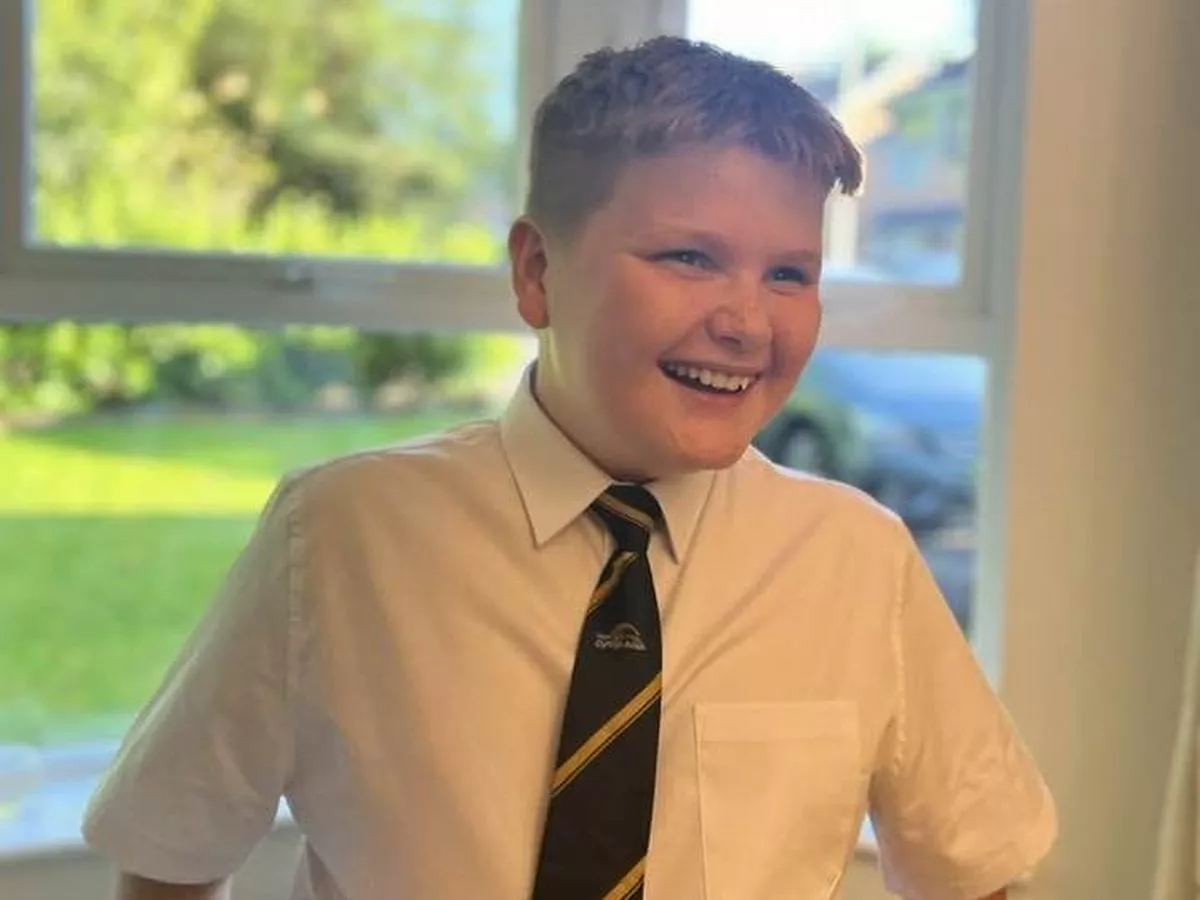Copyright independent

A week after Hurricane Melissa slammed into the Caribbean, the full scale of its path of destruction is starting to become clear. Melissa made landfall in southwestern Jamaica last Tuesday as a powerful Category 5 hurricane, the Caribbean nation's strongest-ever storm to directly hit its shores, and the first major hurricane to do so since 1988. With wind speeds of up to 185mph it went on to tear a path through Cuba, the Bahamas and Bermuda before moving off to the north on Friday. As of Monday, the death toll stands at 67. Below we look a the numbers that reveal why Melissa was branded one of the worst to make landfall in the last 25 years. Government officials and meteorologists have described the storm as unprecedented, after it rapidly intensified due to exceptionally warm sea-surface temperatures and favourable conditions in the atmosphere. The rarity of a storm of such severity, and the scale of the damage inflicted on the affected land, has guaranteed that the storm will go down in history as one of the most devastating on record. Barring Covid-19, Jamaican prime minister Andrew Holness said the storm may not only be storm of the century, but “disaster of the century”. Estimated costs of damage vary wildly and it may be too early to gauge accurately. As it stands though, AccuWeather estimates $48bn to $52bn in damage and economic loss across the western Caribbean. The total population of all the islands affected is at least 25 million people. Western Jamaica was one of the hardest-hit areas, while Cuba, Haiti and The Bahamas were also severely impacted, with thousands of homes damaged. Here’s a look at some of the numbers by country: The Jamaican prime minister said the “scale of destruction is unlike anything we have seen in decades”. “Entire communities along the storm’s path were flattened, trees snapped like twigs, and the once-green Cockpit Country now bears a haunting, winter-like appearance,” he wrote on X. Government officials in the Caribbean say that damage assessment is still ongoing, as aid workers attempt to reach isolated communities. “Our immediate priority is to restore electricity and telecommunications and to ensure that essential services, particularly at the Falmouth Hospital, are stabilized,” Mr Holness said on X, adding that Jamaica would rebuild “stronger and wiser”. Meanwhile, Jamaican health minister Christopher Tufton recognised that the death toll in Jamaica was probably higher than what has currently been reported because many places are still hard to access. Following the devastation, the Caribbean Catastrophe Risk Insurance Facility (CCRIF) said that it would make a record payout to Jamaica of $70.8 million. A team from the US is being activated by the State Department, deploying a disaster response team, which will assist with providing food, water, medical supplies hygiene kits, temporary shelter and search and rescue support . The UK, meanwhile, initially offered a £2.5 million support package last week, before later announcing a further £5 million. Canada’s secretary of state is providing $7 million CAD in support of the emergency relief. On Saturday, the UN’s World Food Programme (WFP) announced that it had received 2,000 boxes of emergency food assistance shipped from Barbados, to be distributed in shelters and in the most-affected communities in the St. Elizabeth area UNICEF - the UN’s children’s agency - said water, sanitation and hygiene kits for about 14,500 people and nutritional supplies for over 4,000 children had been supplied before Melissa hit. Another $1 million was allocated to support immediate emergency response. The UN Populations Fund has provided up to 5,000 reproductive health kits and 4,000 dignity kits provided. A further $4 million from its Central Emergency Response Fund has also been allocated to affected people in Jamaica. Medical kits for about 11,000 were provided by the Pan American Health Organisation. “Millions are caught in Hurricane Melissa's path and need urgent help. We're working with the governments of Jamaica, Haiti and Cuba to save lives” said the UN’s humanitarian aid chief Tom Fletcher. "The priority now is to get help to those who need it," said Pearnel P. Charles Jr., Jamaica’s minister of labour and social security during a brief stop en route to Black River for the first time with long-awaited relief supplies.



